
personal trainer of the Spirit Fitness chain of fitness clubs
“The upper block pull is one of the fundamental exercises for developing the upper torso with the help of the machine. It perfectly works several muscle groups of the back at once, while allowing you to accentuate the load with the help of different grips (wide, reverse, narrow).”
It is a very “comfortable” exercise for back training, because it allows you to adjust the working weight. That’s why the pull is suitable for both experienced athletes and beginners. It can be included in a full-body complex or in any split back workout. The upper block pull can also be used as an introductory and finishing exercise for pull-ups.
Beneficiile exercițiului
Regular performance of the upper block pull helps to solve the following problems.
Effective strengthening of the upper body. The exercise loads almost the entire upper body to a greater or lesser extent: it works the broad, round, middle trapezius, lower trapezius and rhomboidal muscles of the back, the posterior delta, and also engages the hands, forearms and biceps.
Prevention of spinal injuries and diseases. When performing it, there is no axial load on the spine (as a person sits and there is no pressure from above), while during the upward movement there is decompression – unloading by traction. This improves the nutrition of the intervertebral discs and prevents further development of existing injuries, hernias and protrusions.
Improved posture. When performed correctly, not only the broadest muscle of the back is strengthened, but also the muscles between the shoulder blades, the rhomboid and middle trapezius, as well as the posterior delta. This helps to keep the correct posture – a natural flexion in the thoracic region with the shoulders pulled back.
Strengthening the hands. This exercise allows to develop the endurance of these body parts in a comfortable mode, which helps to reduce injuries in all exercises where the hands are the transmission link (pulling and pressing movements).

Varieties and technique
The upper block pull can be performed in four variants of technique: wide grip to the chest, narrow grip with v-grip to the chest, reverse grip to the chest and wide grip behind the head.
Upper block pull with a wide grip to the chest
When performed in this technique, the broad, rhomboid and middle trapezius muscles, as well as the forearms (brachialis) and biceps are loaded. The greatest emphasis is placed on the most underutilized part of the back – the middle. This means that this pulling technique can be called the “flagship” of all back muscle training.
- Sit on the bench of the trainer, bend your knees at a right angle, fix your hips under a pillow adjusted to the height of the shin. Keep the torso upright. The abdomen is gathered and slightly retracted (not bulging). This position gives you a firm footing that will help you avoid swaying your torso and losing strength as you move.
- Grip the handle with a straight grip at a distance of one and a half shoulder widths, elbows slightly bent.
- To start the movement, exhale and bend the body in the thoracic region as during pull-ups: take the shoulders back, bring the shoulder blades together as much as possible, bend the elbows and pull the handle to the neck, almost touching the top of the thoracic region.
- When you reach the end of the handle, keep your shoulder blades aligned for a split second and your shoulders pulled back. Then smoothly release the handle upwards on an inhalation – to the starting position.
Important: throughout the entire amplitude of the movement from the beginning to the end, maintain muscle control in the exercise, perform the pull smoothly and avoid sudden movements. Otherwise, you can get sprained and injured.
If your goal is strength and mass, perform three or four approaches of 8-12 repetitions. If your goal is endurance, relief and fat burning, increase the number of repetitions to 14-16.
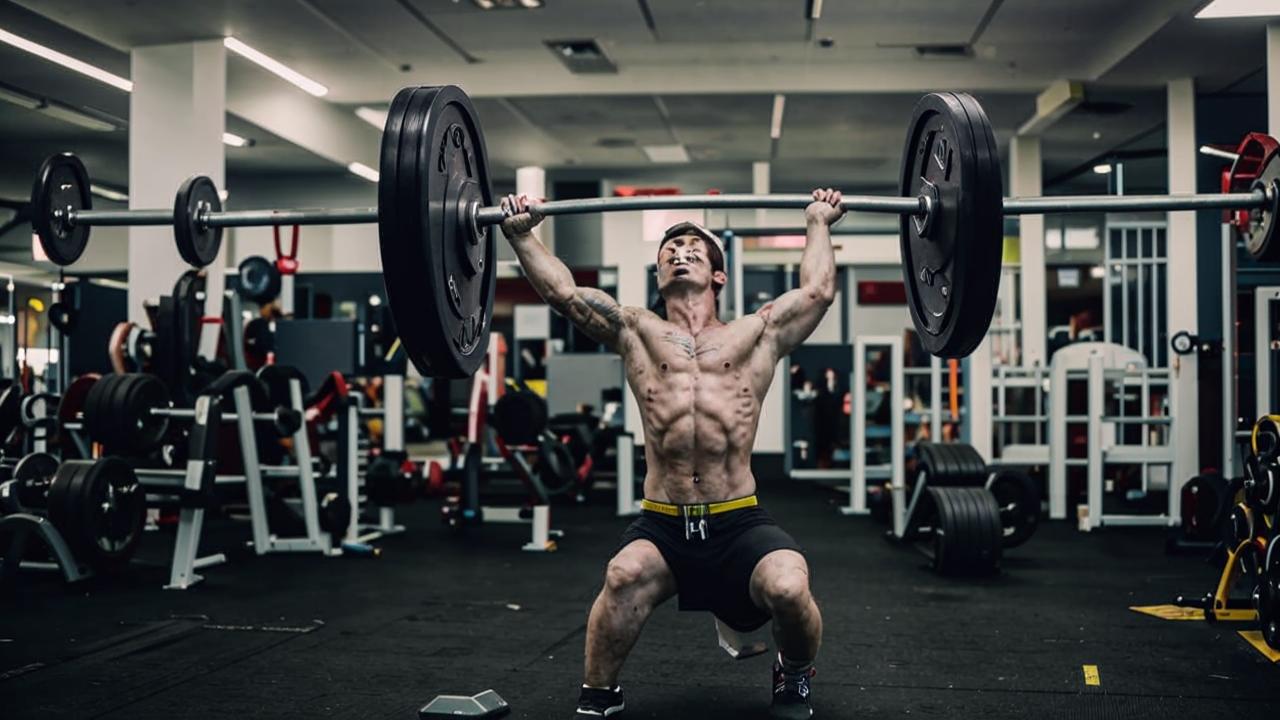
Reverse grip upper block pull
This exercise is interesting because thanks to the reverse grip, most of the load is taken by the biceps and forearms. The broad and round muscles, as well as the lower trapezius are partially engaged. Because of this, you will not be able to exercise with heavy weights, but you will be able to pump your biceps.
- Sit in the same way as for the wide grip. Place your hands on the handle with a reverse grip at a distance of one shoulder width, elbows slightly bent. You don’t need to grip wider – this can lead to inflammation and injury to the biceps tendons.
- As you exhale, start pulling the handle of the block to the top of your chest, flexing your chest by pulling your shoulders back and bringing your shoulder blades together. If you want to emphasize the load on the arms, bring the pull only to the neck. If you also want to work your arms and back, bring the handle of the machine to the top of your chest.
- When you reach the maximum point, hold for half a second – bring your shoulder blades together as much as possible and take your shoulders back. Then, on an inhalation, smoothly return to the starting position – without inertia or sudden movements, with full control over the muscles. The less inertia, the better and better your workout.
Perform three to four sets of 8-12 reps for strength and mass gain, and 14-16 reps for endurance, relief and fat burning.
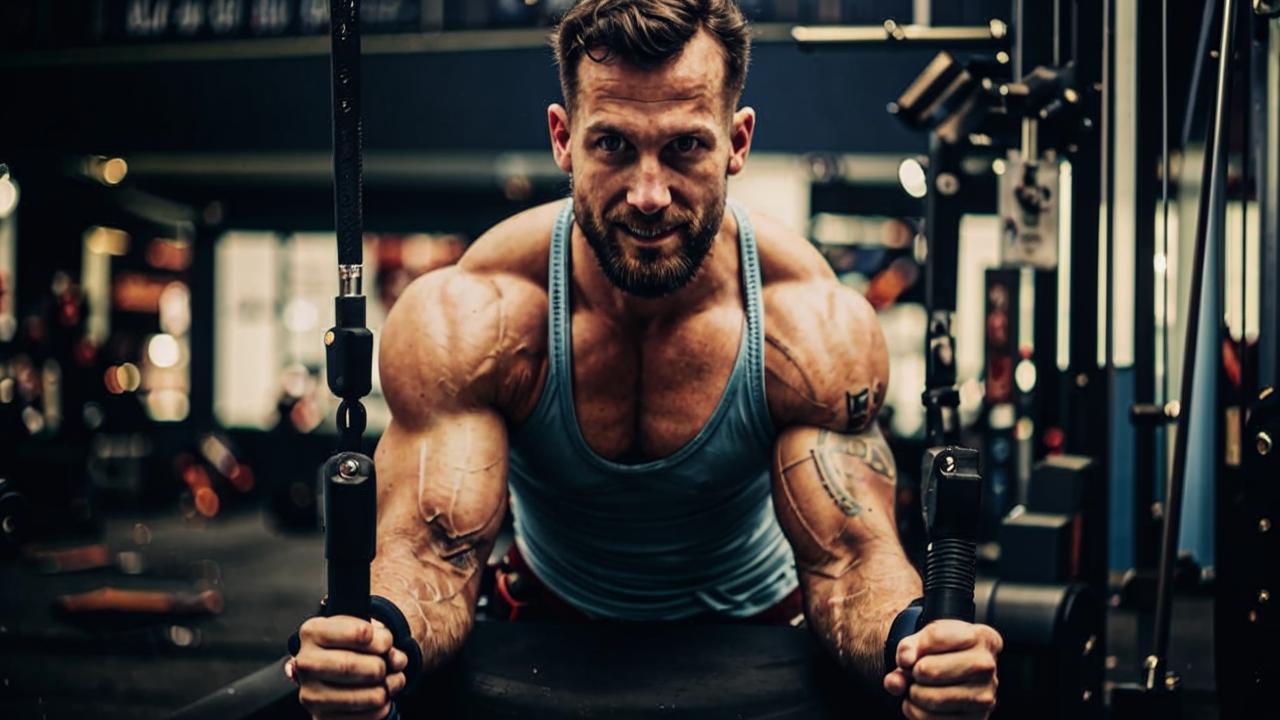
Upper block pull with narrow grip with v-grip
In this technique, the exercise is performed with a special V-grip. It provides a narrower grip with a shorter lever, which allows less loading of the arms and the middle of the back. Thanks to this, the main load is taken by the broadest muscles, and the round muscle and the lower trapezius are also worked. In this variant of pulling it is easier to give a heavy load.
- Sit as in the previous techniques. Place your hands on the V-arm with palms facing each other.
- As you exhale, start pulling the handle of the machine to the top of the pectoral region in the same way as in the previous pull. Keep your shoulders back and bring your shoulder blades together as much as possible. Due to the flexion in the thoracic region, lean back slightly.
- At the end point, hold for half a second, bringing your shoulder blades together as much as possible (you will feel the working back muscles at the peak of their tension). After that, exhale and smoothly return the handle to the starting position upwards.
Perform three or four approaches of 8-12 reps for strength and mass gain and 14-16 reps for endurance, relief and fat burning.
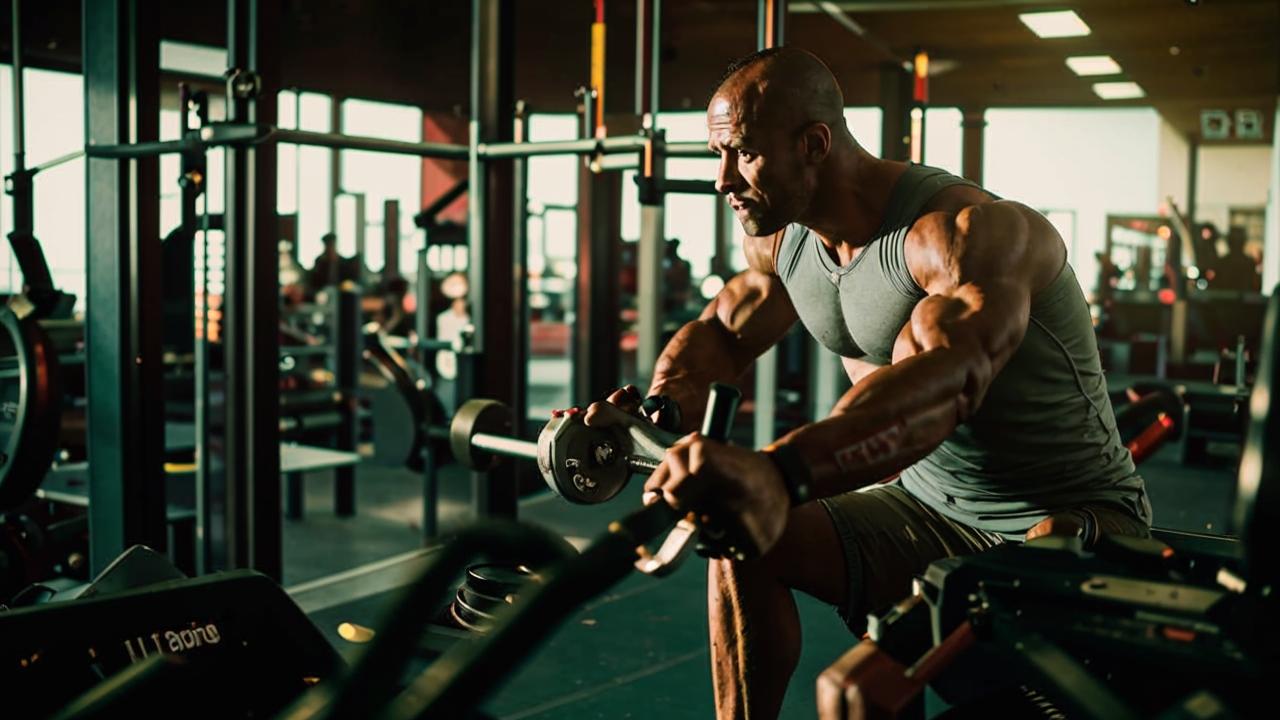
Overhead block pull with a wide grip behind the head
This technique is very controversial and injury-prone. Its execution implies an unnatural movement, in which most trainees make mistakes. First of all, almost everyone pulls their neck forward to reach the trapezius with the handle, which can lead to dislocation or injury in the cervical region.
In addition, the rotator cuff of the shoulder, which sits between the head of the humerus and the acromial-clavicular arch, is particularly at risk for injury when performing this technique. The injury occurs when the trainee drives the shoulders forward instead of backward (often due to lack of shoulder mobility). At this point, the subacromial space narrows, and when the trainee pulls the handle down, compression occurs – the head of the shoulder hits the acromial process and the ligament overlying it. As a result, if the trainee performs the exercise incorrectly for a long time, the rotator cuff weakens and ceases to fulfill its function (this injury is called “shoulder impingement syndrome”). Therefore, if a trainee does not have a stretched pectoral muscle, curved posture, and it is difficult to pull back the shoulders, this exercise is strictly contraindicated.
But for the sake of fairness I will explain why it is still considered for training. The point is that it allows you to accentuate training of the round and broadest muscles of the back.
- Sit on the bench of the simulator, bend your knees at a right angle, fix your hips under a cushion adjusted to the height of the shin. The body body is perpendicular to the floor and stationary.
- Place your hands two shoulder widths apart, arms slightly bent at the elbows.
- As you exhale, start the movement of the handle to the back of the head. Make sure that your neck is immobile and your shoulders are slightly back and locked.
- Important: avoid “sloping shoulders” and overstretching the shoulder, moving below the back of the head. Do not bring the handle below the back of the head and the beginning of the neck – this is the most important safety consideration!
- Smoothly bring the handle to the beginning of the neck (do it without jerking or moving the body forward or backward).
- At the end point, hold for half a second, keeping your shoulder blades as close together as possible. After that, on exhalation, smoothly return the handle to the starting position upwards.
Perform three to four approaches of 8-12 reps for strength and mass gain and 14-16 reps for endurance, relief and fat burning.
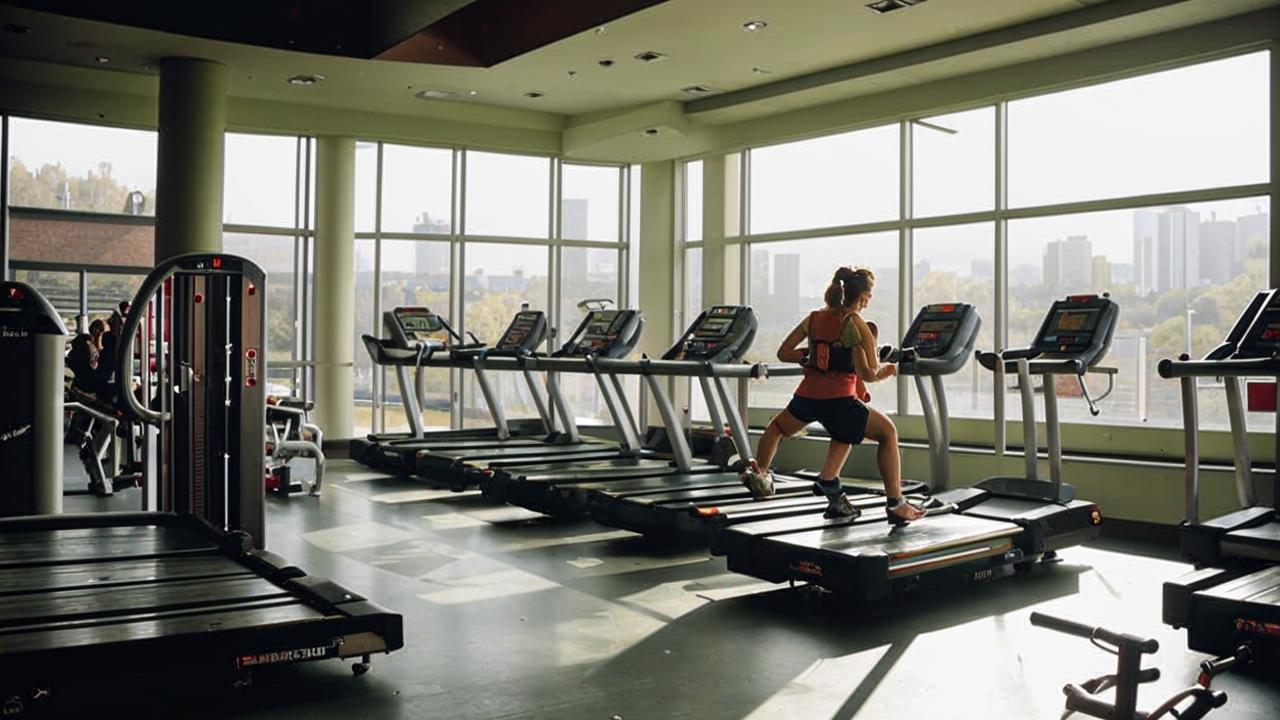
Common mistakes
Improper posture and shoulders forward. Performing the exercise with a rounded back and incorrect shoulder position increases the risk of injury to the spine and shoulder joints, and reduces the activation of the target muscle groups. In addition, when the shoulders are strongly displaced forward, the upper trapezius muscle tone is incorrect and the neck is pushed forward. This can lead to cervical trauma with pinched nerves and muscles.
Strong deviation of the body backwards. Excessive backward tilting of the body when pulling up the bar creates excessive strain on the spine and reduces the effectiveness of the target muscle groups.
Fast or “jerky” movements. It is not uncommon for trainees to make quick movements – “jerks” – in an effort to perform an exercise quickly. In this way you not only increase the injury risk of the exercise, but also reduce its effectiveness: high speed of execution reduces the time of muscle tension, and this is a key factor in muscle growth.
Overloading. Often athletes tend to put more weight on at once, which can lead to a “jerky” movement when performing pulling. This reduces the effectiveness of the exercise and increases the risk of injury.
Insufficient control in the negative phase. After fixation in the peak point, the return to the starting point is sometimes uncontrolled. This reduces the effectiveness of the exercise: you are essentially removing the load where it should still be. All phases should be done smoothly and in a controlled manner. Try to perform the negative phase slower than the positive phase of the starting movement – this will increase the quality of the muscles being trained.
Full straightening of the arms when returning to the starting point. Full straightening of the elbows can lead to excessive strain on joints and ligaments.
Overly wide grip. Although a wide grip emphasizes work on the broadest muscles, too much hand spacing can limit range of motion and reduce muscle activation.
Delayed breathing. Sometimes when performing exercises, trainees, especially beginners, hold their breath. It is not necessary to do so. When you hold your breath, the pressure rises and you quickly run out of strength. If you synchronize breathing and movement, the concentration and muscle response will be greater. Therefore, we breathe continuously during the exercise: during the effort (positive phase) – exhale, when returning to the starting position (negative phase) – inhale.
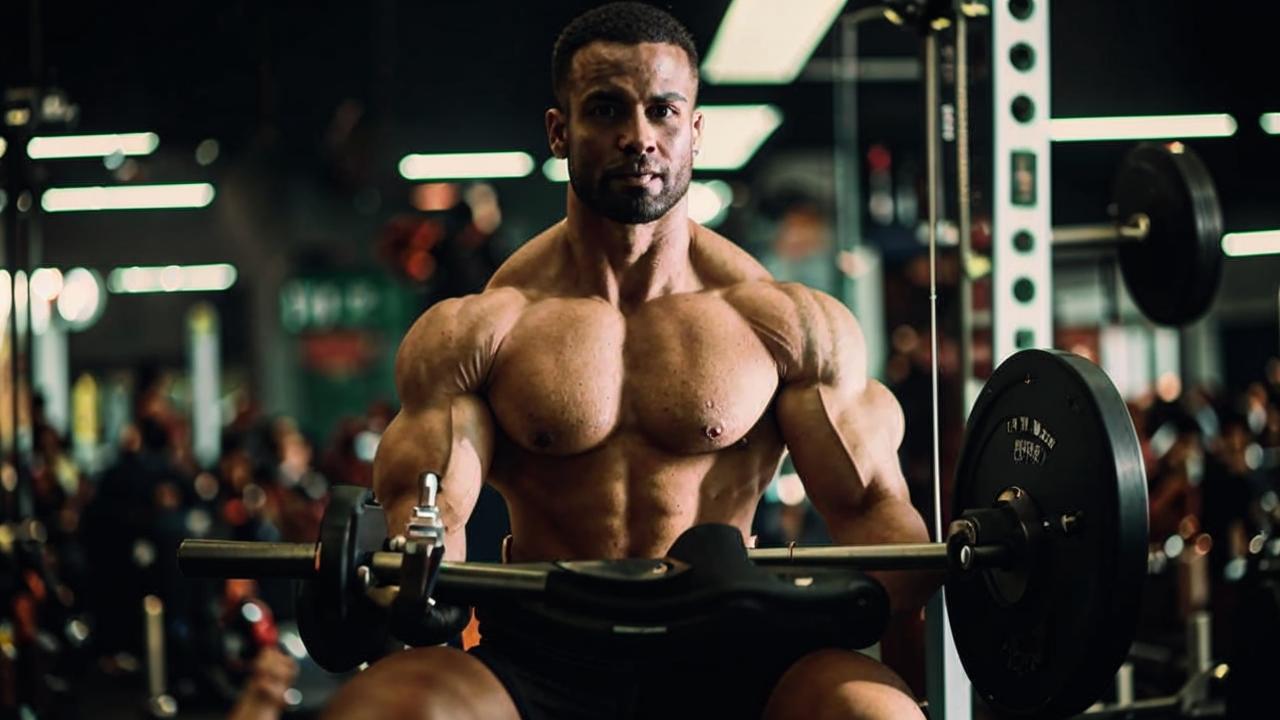
Contraindications to the exercise
Although this exercise is performed with the help of a simulator, where you can reduce the load to a minimum, there are a number of restrictions in which it should be avoided.
Severe scoliosis or kyphosis. In these cases, it will be difficult to perform the exercise symmetrically, and the disease can worsen. Therefore, it is first necessary to undergo a course of LFK and therapeutic massage, and only with the permission of the attending physician to start pulling.
Injuries of the shoulder girdle and arms, inflammation of the muscles of the hands and biceps. In the presence of such injuries, performing the exercise can lead to a worsening of the situation, so first it is worth finishing the course of LFC, and then only proceed to the exercises.
In all other cases, this exercise can be performed, even if you are overweight. Exercise machines were originally invented as a means of rehabilitation, so it is a good tool not only for strengthening muscles, but also for health in general.
To minimize the risk of injury:
- warm up your muscles thoroughly before beginning your workout;
- use the appropriate working weight for your level of fitness;
- watch your body posture and strive for clean execution of the movement without jerking or “cheating”;
- if you have a predisposition to injuries or musculoskeletal disorders, consult a specialist before training.






